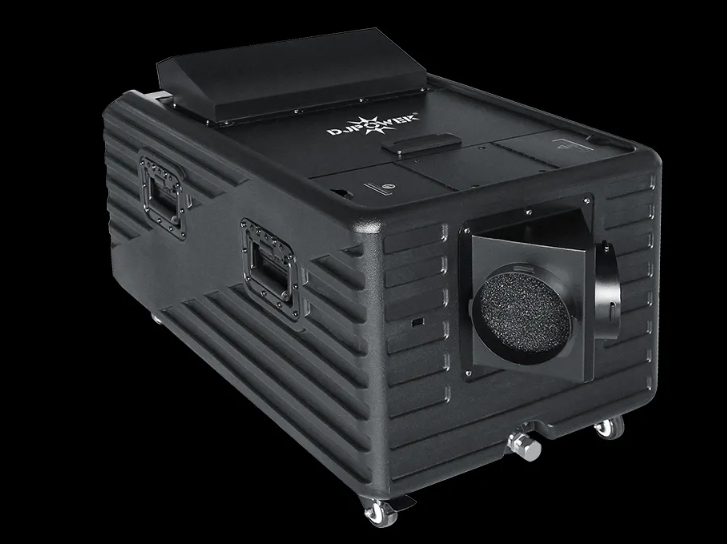The main components of activated carbon are: carbon, oxygen and hydrogen.
Activated carbon is black powder or block, granular, honeycomb shaped amorphous carbon, there are regular crystal carbon.
In addition to carbon, activated carbon also contains two kinds of admixtures: one is chemically bound elements, mainly oxygen and hydrogen. These elements are left in the carbon due to incomplete carbonization, or in the process of activation, foreign non-carbon elements chemically combine with the surface of activated carbon;
The other kind of admixture is ash, which is the inorganic part of activated carbon. Ash is easy to cause secondary pollution in activated carbon. Activated carbon is widely used in production and life because of its strong adsorption.

How to Make Activated Carbon
The production process of activated carbon, or the activation of carbon, exists in two forms. A carbonaceous source such as wood, coal, peat, or any organic carbonaceous material is carbonized, which means the pure carbon is extracted by a heating method known as pyrolysis. Once the material is carbonized, the material needs to be oxidized or treated with oxygen either by exposure to CO2 or steam or by an acid-base chemical treatment. The sections below will briefly detail these processes.
Carbonization
Carbonization is the process of taking a carbon-rich piece of material and converting it to pure carbon through heating. This heating process, called pyrolysis, comes from an ancient technique for making charcoal. Very dense carbonaceous material is used in the beginning, because the result needs to be extra-porous for activated carbon purposes. Carbon-rich material is placed in a small (relative to the amount of material) furnace and cooked at extreme temperatures topping 2000 degrees Celsius. What remains is usually 20-30 percent of the beginning weight and consists of mostly carbon with a small percentage of inorganic ash. This is very similar to “coking,” a method of producing coke from charcoal, a type of carbon-based fuel.
Once the porous form of carbon is produced, it needs to undergo oxidization so it can be adsorbent, or “activated”. This can occur in one of two ways: gas or chemical treatment.
Gas Treatment
The activating of carbon can be done directly through heating carbon in a chamber while gas is pumped in. This environment exposes it to oxygen for oxidization purposes. After being oxidized, the active carbon gains its good adsorption characteristics and is ready to collect contaminants in liquid/gaseous applications. For physical gas treatment, the carbonization/pyrolysis process must take place in an inert environment at 600-900 degrees Celsius. Then, an oxygenated gas is pumped into the environment and heated between 900 and 1200 degrees Celsius, causing the oxygen to bond to the carbon's surface.
Chemical Treatment
The process of chemical treatment is slightly different from the gas activation of carbon. First, carbonization and chemical activation occur simultaneously in chemical treatment. A bath of acid, base, or other chemicals is prepared, and the material is submerged in this solution. The bath is then heated to temperatures of 450-900 degrees Celsius (much less than the heat needed for gas activation) and left for a specific amount of time. The carbonaceous material is both carbonized and activated at the same time, all at a much quicker rate than with gas activation. However, some heating processes cause trace elements from the bath to adsorb to the carbon, which can result in a more impure or ineffective active carbon.
Activated Carbon Regeneration
Soiled activated carbon can be restored to its original adsorptive capacity via regeneration procedures. There are numerous methods of carbon regeneration, but the most common technique is thermal reactivation, where the soiled carbon is dried, heated in an inert atmosphere, and gas treated. About 5-15% of the original weight of the carbon is lost in thermal regeneration, and this process is very energy-intensive; therefore, smaller companies typically send their used carbon to specialized regeneration facilities instead of performing regeneration onsite. There are numerous other regeneration techniques that aim to reduce both the yield loss and energy expenditure of thermal regeneration. These methods include thermal swing adsorption, pressure swing adsorption, microwave regeneration, chemical regeneration, microbial regeneration, electrochemical regeneration, ultrasonic regeneration, wet air oxidation, and other techniques.
Post Treatment Activated Carbon
Following oxidization, activated carbon can be processed for many kinds of uses, with several classifiable different properties. For instance, granular activated carbon (GAC) is a sand-like product with bigger grains than powdered activated carbon (PAC), and each is used for different applications. Other varieties include impregnated carbon, which adds different elements such as silver and iodine, and polymer-coated carbons. Below, the following section provides a brief overview of the different types of available activated carbon and their beneficial qualities.

没有评论:
发表评论